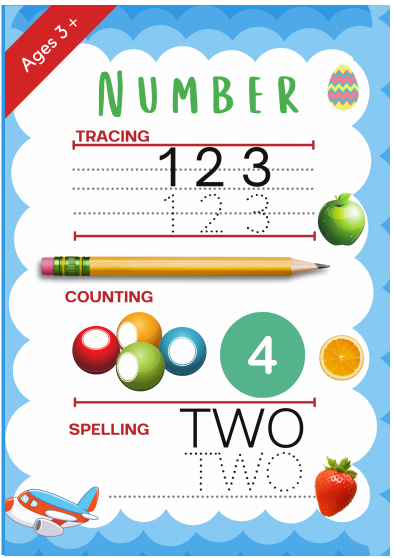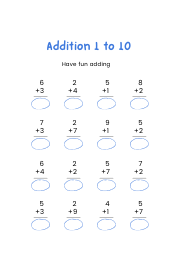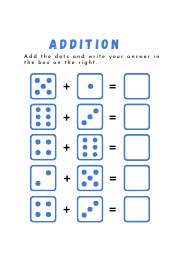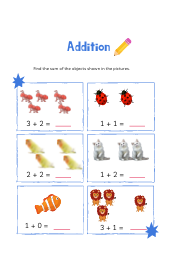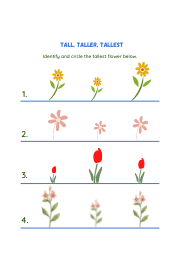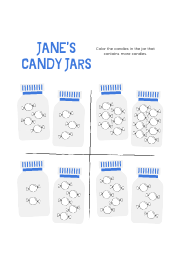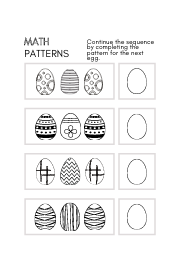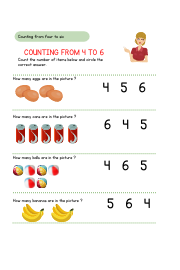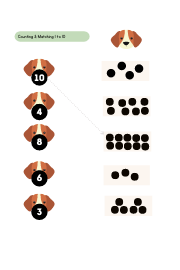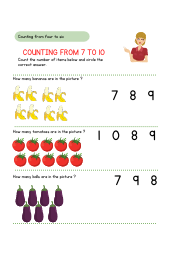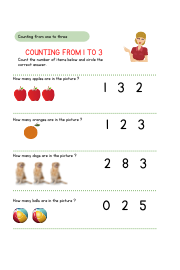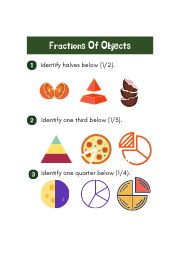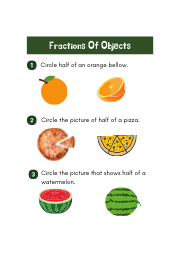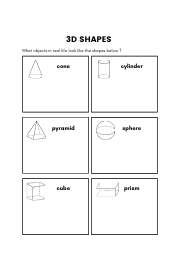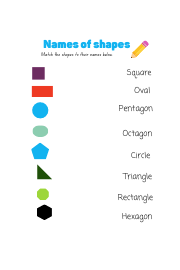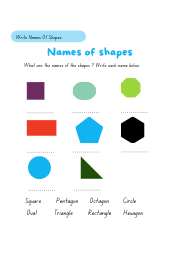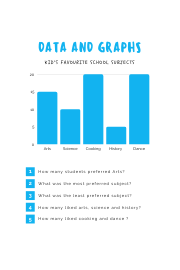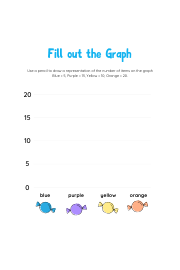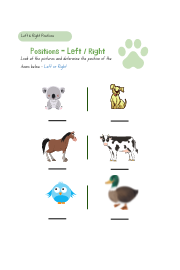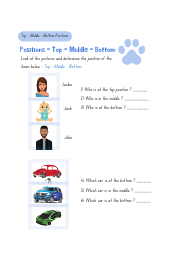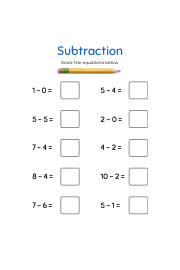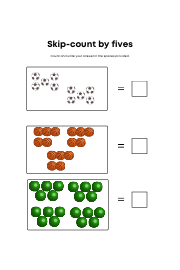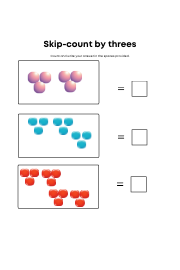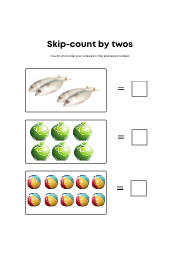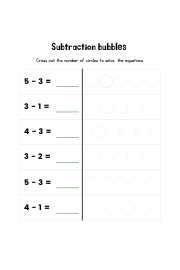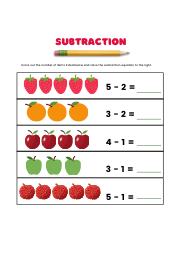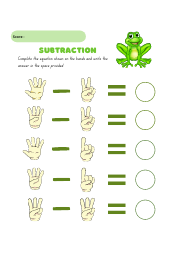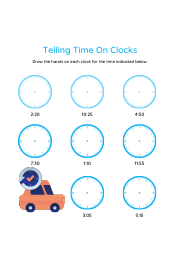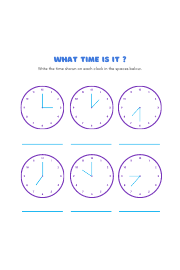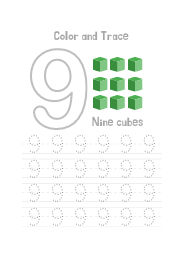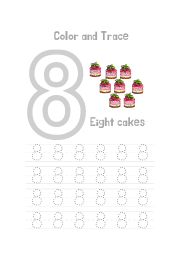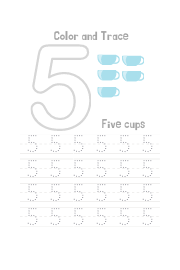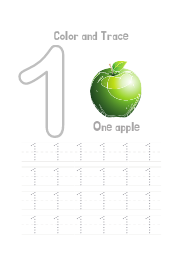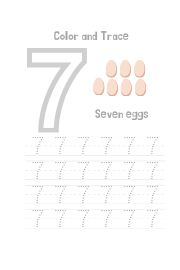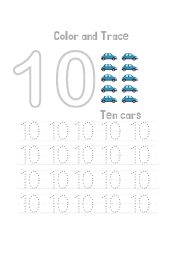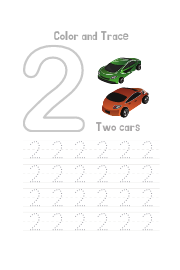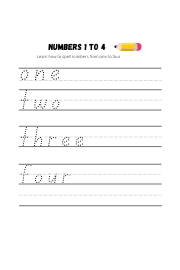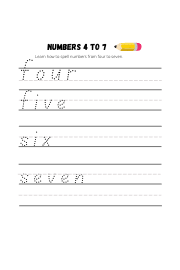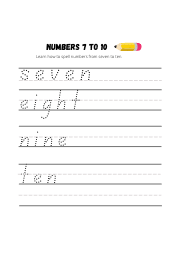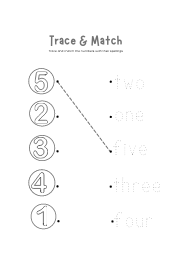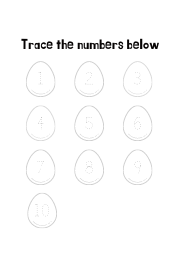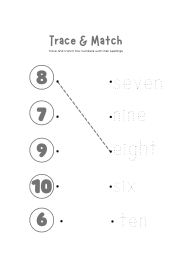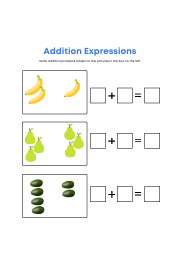Why Worksheets are not Appropriate for Preschoolers
Preschool is a crucial stage in a child's development, where they start to learn and explore the world around them. As a result, parents and educators often look for ways to support their learning during this stage. Worksheets are a popular tool for teaching young children, but many experts argue that they are not appropriate for preschoolers. Preschoolers are in the early stages of their learning journey and require hands-on, interactive experiences to develop their cognitive, social, and emotional skills. Worksheets, on the other hand, are primarily focused on academic learning and often involve sitting still and completing repetitive tasks. Furthermore, young children have short attention spans and need frequent breaks and opportunities for movement to stay engaged in learning. Worksheets, with their rigid structure and limited interactivity, can quickly become boring and frustrating for preschoolers. Additionally, preschoolers learn best through play and exploration, and worksheets do not allow for creativity and imagination. They limit a child's natural curiosity and may even stifle their love for learning. In summary, while worksheets may seem like a simple and effective way to teach preschoolers, they are not appropriate for this age group. Instead, educators and parents should focus on providing hands-on, interactive experiences that encourage curiosity, creativity, and exploration. A free cursive writing pack here >>
As parents and educators, we all want our children to have the best possible start in life. We want them to be curious, engaged, and enthusiastic learners who love to explore the world around them. And one way we often try to foster this love of learning is by using worksheets.
But here's the thing: worksheets are not appropriate for preschoolers. In fact, they can be downright harmful to young children's development. In this article, we'll explore why that is and offer some alternative approaches that are more effective and better suited to the needs of young children.
First, let's define what we mean by "worksheets." Worksheets are typically pieces of paper with printed exercises or questions that require children to fill in the blanks, circle answers, or complete other tasks. They're often used as a way to assess a child's knowledge or progress, and they're commonly used in schools and daycare centers.
The problem with worksheets is that they're not developmentally appropriate for young children. In fact, many early childhood experts agree that they can actually be harmful to young children's learning and development. Here are some reasons why:
-
Worksheets are boring: Young children learn best through play, exploration, and hands-on activities. Worksheets, on the other hand, are static and unengaging. They don't allow children to explore or experiment, and they don't tap into young children's natural curiosity and creativity.
-
Worksheets don't promote critical thinking: Worksheets often require children to simply regurgitate information or repeat what they've been told. They don't encourage children to think critically or solve problems independently.
-
Worksheets can be stressful: For many young children, worksheets can be overwhelming and anxiety-inducing. They may feel pressured to perform or meet certain expectations, which can be detrimental to their self-esteem and confidence.
-
Worksheets don't account for individual differences: Every child develops at their own pace and in their own way. Worksheets are a one-size-fits-all approach that doesn't take into account the unique needs, interests, and strengths of individual children.
So, if worksheets are not appropriate for preschoolers, what should we be doing instead? Here are some alternative approaches that are more effective and better suited to the needs of young children:
-
Play-based learning: As we mentioned earlier, young children learn best through play. Play-based learning allows children to explore, experiment, and make discoveries on their own terms. It's also more engaging and enjoyable for young children, which means they're more likely to stay interested and motivated.
-
Hands-on activities: Young children learn best when they can use their hands and bodies to explore the world around them. Hands-on activities like sensory play, block building, and art projects allow children to engage their senses and develop important motor skills.
-
Individualized instruction: Every child is unique, and every child learns differently. Instead of using a one-size-fits-all approach, educators and parents should focus on individualized instruction that meets each child's needs, interests, and strengths.
-
Positive reinforcement: Young children thrive on positive reinforcement. Instead of using worksheets as a way to assess children's progress, educators and parents should focus on praising children for their efforts, creativity, and problem-solving skills.
In conclusion, worksheets are not appropriate for preschoolers. They're boring, don't promote critical thinking, can be stressful, and don't account for individual differences. Instead of using worksheets, educators and parents should focus on play-based learning, hands-on activities, individualized instruction, and positive reinforcement. By doing so, we can help young children develop a love of learning that will serve them well throughout their lives.
Benefits of using worksheets in the classroom
Worksheets are an effective tool that can be used to enhance learning in the classroom. They offer a variety of benefits, including the ability to engage students in independent and collaborative learning activities. By providing clear instructions and structured activities, worksheets can help students develop important skills such as critical thinking, problem-solving, and decision-making. Moreover, they provide a platform for assessment, allowing teachers to evaluate student progress and identify areas for improvement. Additionally, worksheets can be customized to meet the specific needs of different learners, including those with special needs or varying learning styles. Overall, the use of worksheets can be an effective way to promote active learning, enhance student engagement, and improve academic outcomes in the classroom.
How do worksheets help students learn
Worksheets are a valuable educational tool that can help students learn in a variety of ways. These learning resources are typically used by teachers to supplement their lesson plans and to provide students with additional practice and reinforcement of important concepts.
One of the main benefits of worksheets is that they provide students with a structured format for organizing and processing information. By completing a worksheet, students can practice their skills in reading, writing, math, and other subjects in a focused and structured way.
Worksheets can also help students develop problem-solving skills by presenting them with real-life scenarios or complex problems to solve. These exercises can help students build critical thinking skills, learn to identify patterns and relationships, and develop creative solutions to problems.
Another key benefit of worksheets is that they can help students build confidence and self-esteem. By successfully completing a worksheet, students can feel a sense of accomplishment and pride in their abilities, which can motivate them to continue learning and taking on new challenges.
Moreover, worksheets can also provide valuable feedback to both students and teachers. Students can use the feedback they receive from completing worksheets to identify areas where they need additional support or practice, while teachers can use this feedback to evaluate their lesson plans and adjust their teaching methods as needed.
In conclusion, worksheets are an effective and practical tool for supporting student learning. By providing a structured format for organizing and processing information, developing problem-solving skills, building confidence and self-esteem, and providing valuable feedback to both students and teachers, worksheets can help students achieve their academic goals and develop the skills they need for success in school and beyond.
How to use worksheets in the classroom
Worksheets are a useful tool for teachers to help students learn and reinforce important concepts. Here are some tips on how to effectively use worksheets in the classroom:
-
Choose the right type of worksheet: Worksheets come in different types, such as matching, fill-in-the-blank, multiple choice, and more. Choose the type of worksheet that fits the lesson objectives and the students' learning needs.
-
Give clear instructions: Make sure to explain the purpose of the worksheet and how to complete it. Provide examples and clarify any vocabulary or concepts that might be unfamiliar to the students.
-
Use worksheets as a supplement to other teaching methods: Worksheets can be a valuable addition to other teaching methods, such as lectures, discussions, and hands-on activities. Use them as a way to reinforce learning or to give students extra practice.
-
Personalize worksheets: Try to make the worksheet relevant to the students' interests or experiences. This can help increase engagement and motivation.
-
Provide feedback: After students complete the worksheet, provide feedback on their answers. This can be done through a class discussion or by grading the worksheets. Feedback can help students identify areas where they need to improve and reinforce their learning.
-
Use worksheets in moderation: While worksheets can be a helpful tool, it's important not to rely on them too heavily. Make sure to balance their use with other teaching methods to create a well-rounded learning experience for your students.
Overall, using worksheets can be a useful way to help students learn and practice important concepts. By following these tips, you can make sure that you are using them effectively in your classroom.
FAQ
Q: What are worksheets? A: Worksheets are pieces of paper with exercises or questions that are designed to help children learn specific skills or concepts. They are commonly used in educational settings to supplement classroom instruction.
Q: Why are worksheets not appropriate for preschoolers? A: Preschoolers learn best through play, exploration, and hands-on activities. Worksheets can be too structured and limiting, and they do not provide the same level of engagement and stimulation that young children need to develop essential skills.
Q: What are some negative effects of using worksheets with preschoolers? A: Using worksheets with preschoolers can lead to frustration, boredom, and disengagement. It can also cause children to develop a negative attitude towards learning and diminish their creativity and problem-solving skills.
Q: What are some alternative activities that are better suited for preschoolers? A: Preschoolers thrive on hands-on activities such as sensory play, dramatic play, art projects, and outdoor exploration. These activities help children develop critical thinking skills, problem-solving abilities, and social-emotional skills that are essential for success in school and life.
Q: Can worksheets be used with older children? A: Worksheets can be useful for older children who have already developed a foundation of skills and knowledge. However, they should be used in moderation and balanced with hands-on activities and other engaging learning experiences.
Q: What can parents and caregivers do to support preschoolers' learning without relying on worksheets? A: Parents and caregivers can provide a rich learning environment by reading to children, engaging in conversation, playing games, and encouraging exploration and discovery. They can also look for educational resources and activities that are play-based and age-appropriate.
Conclusion
In conclusion, while worksheets may seem like a convenient and structured way to teach preschoolers, they are not appropriate for their developmental needs. Preschoolers learn best through play and hands-on experiences, which allow them to explore and make sense of the world around them. Worksheets can limit their creativity, curiosity, and imagination, and can even lead to frustration and disengagement. Instead of relying on worksheets, parents and educators should prioritize opportunities for meaningful interactions, explorations, and social-emotional learning, which can help preschoolers develop the skills they need to succeed in life. By understanding and respecting preschoolers' developmental needs, we can create more effective and enjoyable learning experiences for them.


